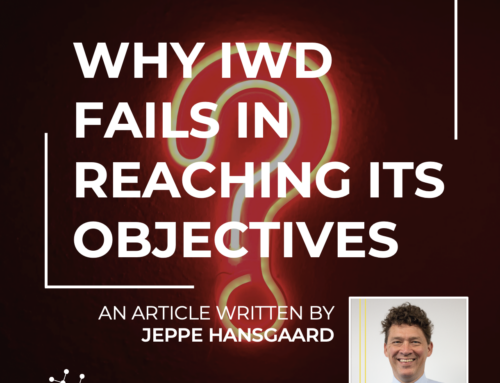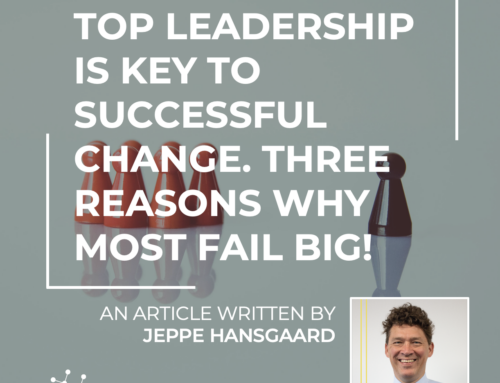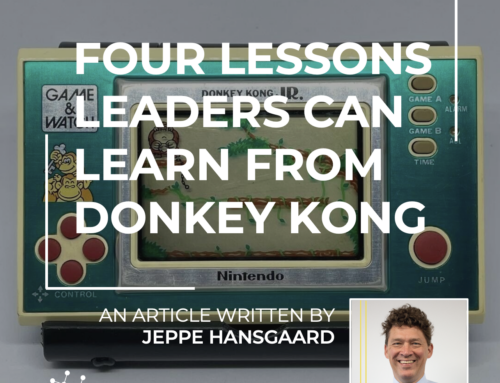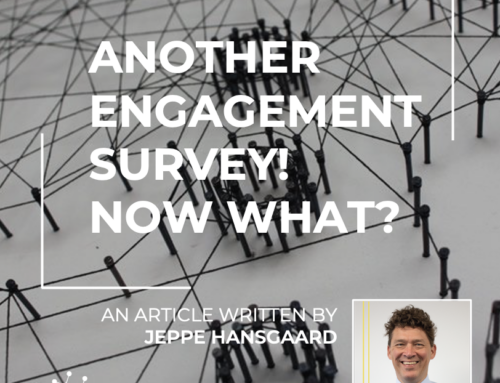Silos Set In At 150 Employees, Latest!
I am fascinated by numbers. I have always been.
So much that I in my school days competed with my classmates in who could remember most numbers in Pi, get closest to the result of a square root of a number like 47.32 or multiply 273 x 3561 the fastest.
I know… pretty nerdy!
I have brought that fascination for numbers into Innovisor. We find the right actions to complex organizational issues and have identified some groundbreaking insights over the years. Like the 3% rule (used for a change) and the 50% rule (used for communities).
Lately, I have been excited by the number 150 and its impact on how to build the best organizational design. I think you should be too! Here is why.
150 in Organizations
In Innovisor, we empower companies to accelerate change and improve agility and collaboration by allowing them to release the intelligence and potential of their people and their relations and networks. Our approach is evidence-based.
One of the important organizational metrics we look at is distance. In my view, distance is one of the most important metrics to look at for agility and the ability to innovate. Every HR director should be requested to report on that to the CEO.
Every HR director should be requested to report on the distance to the CEO.
Distance – simply explained – is the average number of people you must go through to reach all other employees in the organization. The fewer people you must go through the more likely it is that you will not just find a workable solution yourself when you have a problem. You will go to the expert, who has the right solution, because you know and trust the expert.
We have calculated distance for teams and organizations of all sizes across industries for more than a decade. A few weeks ago, we then did a data extract to see, how the distance was looking across. This is what we found!

At an organizational size of 150 people, the distance is 4 (4,02 to be exact).
The distance of 4 is where you know someone through one of your friends, who knows someone through another friend. 4 is the magic number to aspire to if you want to be agile and innovative. Impossible to achieve for most larger organizations, unless they really rethink their organizational design.

And the 150 is not just any number… It is the Dunbar number. Holy cow!
The Dunbar Number of 150
Ten years ago, I learned about the work of the British anthropologist Robin Dunbar, while reading the classic Malcolm Gladwell book “The Tipping Point”. Dunbar had found a correlation between primate brain size and average social group size.
He then used the average human brain size to extrapolate from the results of primates and discovered the number 150. A number he explained as the ‘number of people you would not feel embarrassed about joining for a drink if you bumped into them in a pub.’
the ‘number of people you would not feel embarrassed
about joining for a drink if you bumped into them in a pub
He is British, right 😊
Dunbar also confirmed the 150 as the estimated size of a Neolithic farming village; 150 as the splitting point of Hutterite settlements; and 150 as the basic unit size of professional armies in Roman antiquity AND in modern times since the 16th century. He has even confirmed the number in the Social Media era with tools like FaceBook, Twitter, Snapchat, and LinkedIn.
Fundamentally, Dunbar argues that 150 is the mean group size for communities with a very high incentive to remain together.
What Is The Implication of 150 to Organizations?

So what is the implication for organizations, you might ask? In organizations, we can use the number 150 to explain, when silos will set in.
150 is the number of people, where you can build a coherent and engaged organizational tribe, where trust resides. Latest when your organization exceeds 150 employees you will have silos – like in the visual below. Driven by our brain size and its maximum capacity to cope with relations.
You should embrace silos as fact of life and forget the prevailing “Break Down the Silos” movement that aims to connect everybody to everybody.
Instead, you should focus on how they connect the silos in the right places. Then you still have a chance to be agile and innovative – a speed boat – even though the number of employees in your organization indicates you ought to be a supertanker.
Other Inspirations
ORIGINALLY POSTED ON LINKEDIN BY JEPPE VILSTRUP HANSGAARD: https://www.linkedin.com/pulse/what-chess-tell-us-future-work-jeppe-vilstrup-hansgaard/
Do you like our articles? Subscribe to our newsletter.









